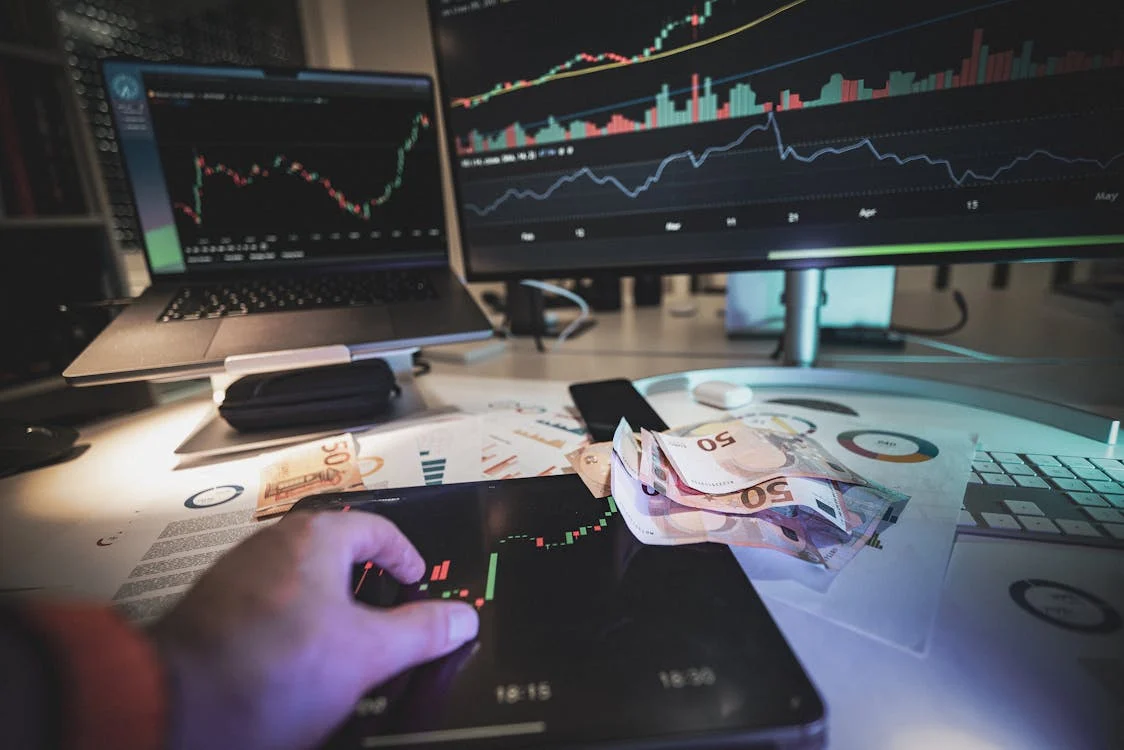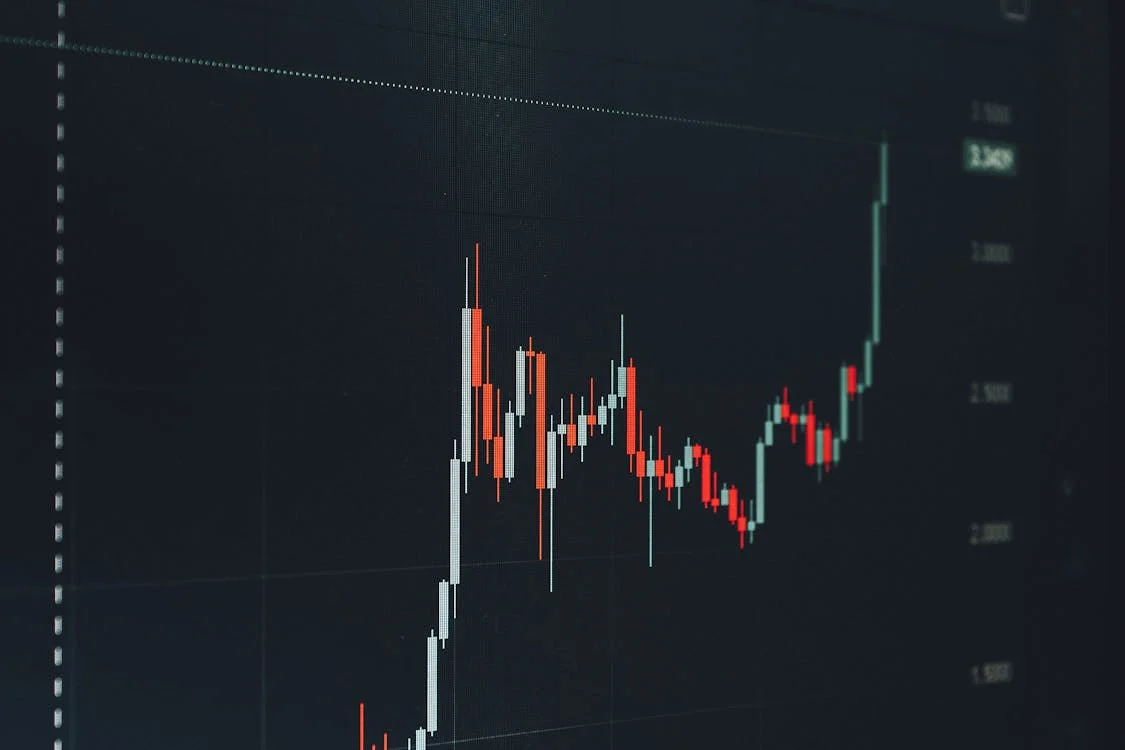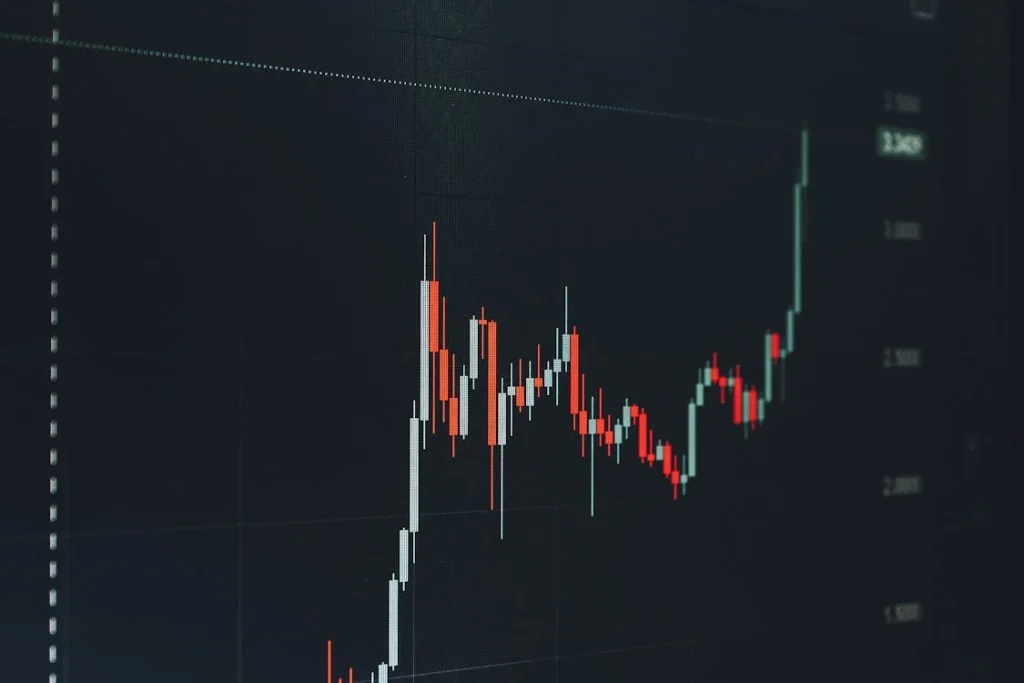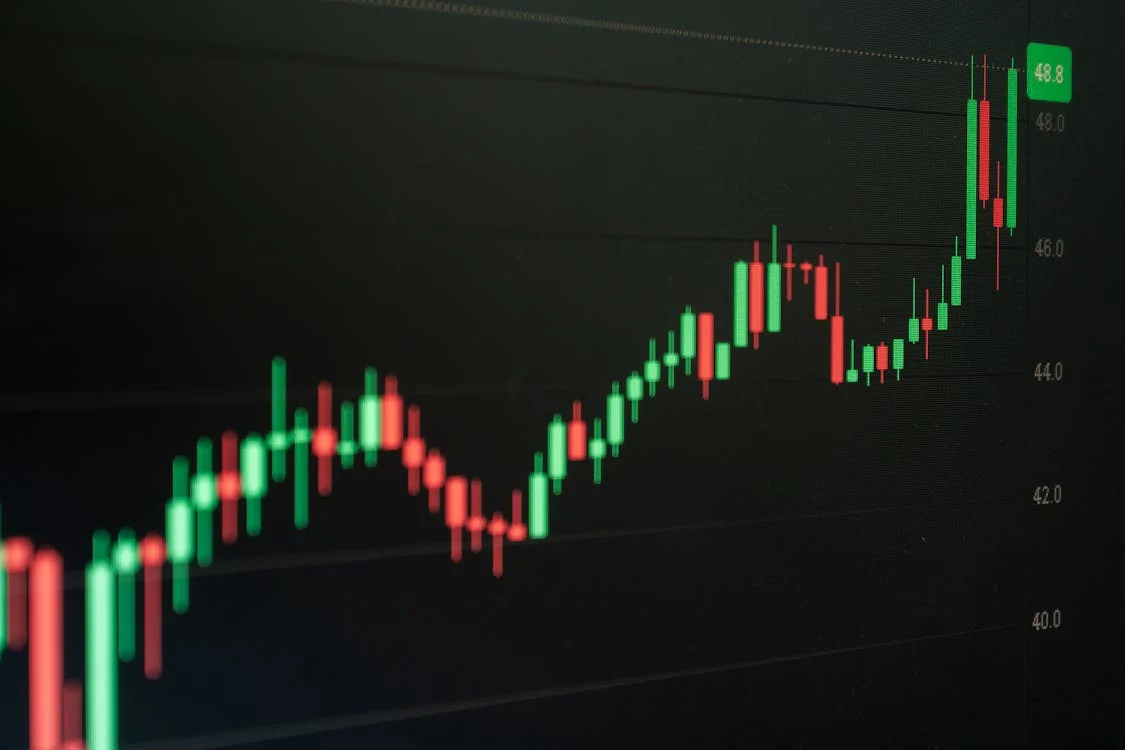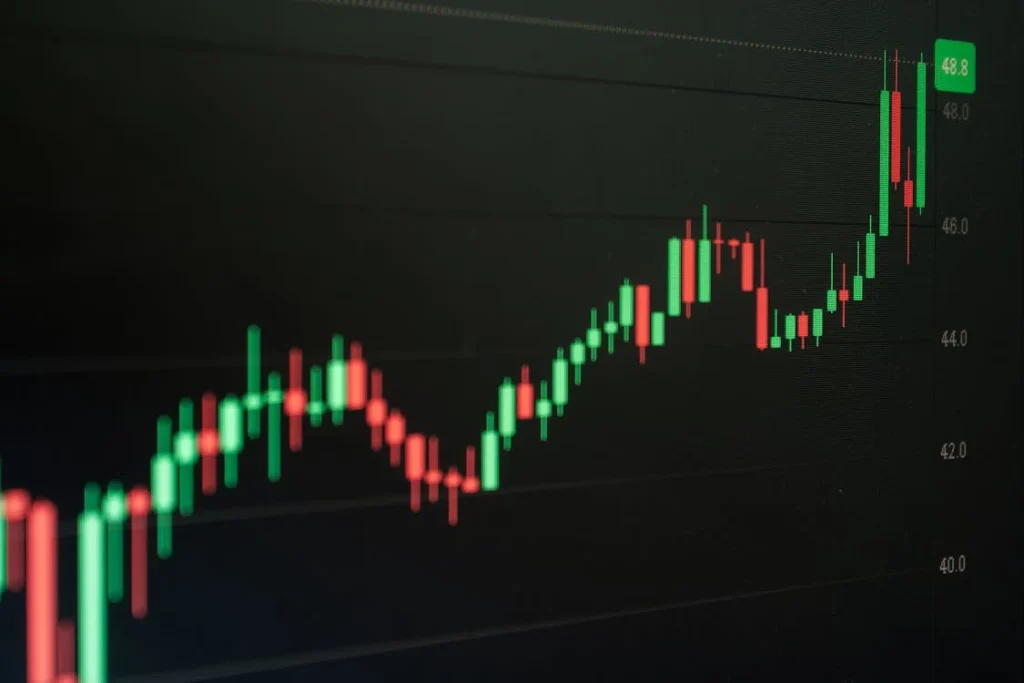The Forex market, also known as the foreign exchange market, is one of the largest and most liquid financial markets in the world. With daily trading volume exceeding $6 trillion, it offers opportunities for traders to profit by buying and selling different currencies. However, succeeding in the Forex market requires more than just luck; it demands careful planning, strategy development, and risk management. In this article, we will explore how professional traders develop their strategies to make informed decisions and increase their chances of success.

Understanding the Forex Market
Before diving into trading strategies, it’s crucial to understand how the Forex market operates. Forex trading involves exchanging one currency for another with the aim of making a profit from fluctuations in exchange rates. The market operates 24 hours a day, five days a week, allowing traders to take advantage of opportunities at any time.
1. The Role of Analysis in Forex Trading
Professional Forex traders rely on two main types of analysis to guide their trading decisions:
Technical Analysis
This method involves studying price charts and using indicators, such as moving averages, RSI (Relative Strength Index), and MACD (Moving Average Convergence Divergence). Technical analysis helps traders identify trends and predict future price movements.
Fundamental Analysis
This approach focuses on economic indicators and global events that influence currency prices, such as interest rates, inflation, political stability, and GDP growth. Fundamental analysis provides a broader view of the factors driving the market.
Both types of analysis are essential for developing a robust trading strategy, and many professional traders use a combination of both to make informed decisions.
2. Risk Management and Position Sizing
One of the most crucial aspects of successful Forex trading is risk management. Professional traders understand that the Forex market can be highly volatile, and losing trades are inevitable. Therefore, they focus on controlling risk by using techniques like:
Stop-Loss Orders
These are used to limit potential losses by automatically closing a trade once it reaches a certain price level.
Position Sizing
Traders determine the appropriate amount of capital to risk on each trade. A common rule of thumb is to risk no more than 1-2% of your trading capital on any single trade.
Risk-Reward Ratio
This is the ratio between the potential profit and the potential loss of a trade. A common target is a 2:1 risk-reward ratio, meaning the trader aims to gain twice as much as the amount they are risking.
3. Developing a Trading Plan
Every successful trader operates with a detailed trading plan. A trading plan outlines the trader’s goals, risk tolerance, and specific rules for entering and exiting trades. It also includes the trader’s preferred analysis methods and strategies. A well-crafted trading plan helps traders stay disciplined and avoid emotional decisions that could lead to significant losses.
4. Practicing Patience and Discipline
One of the biggest challenges in Forex trading is maintaining patience and discipline. Professional traders understand that not every trade will be profitable and that the key to long-term success lies in consistency. They avoid chasing quick profits and instead focus on steady, sustainable growth.
5. Continuous Learning and Improvement
The Forex market is constantly evolving, so it is essential for traders to stay informed about market trends, new strategies, and technological advancements. Professional traders continually educate themselves through books, courses, webinars, and other resources to improve their skills and adapt to changing market conditions.
